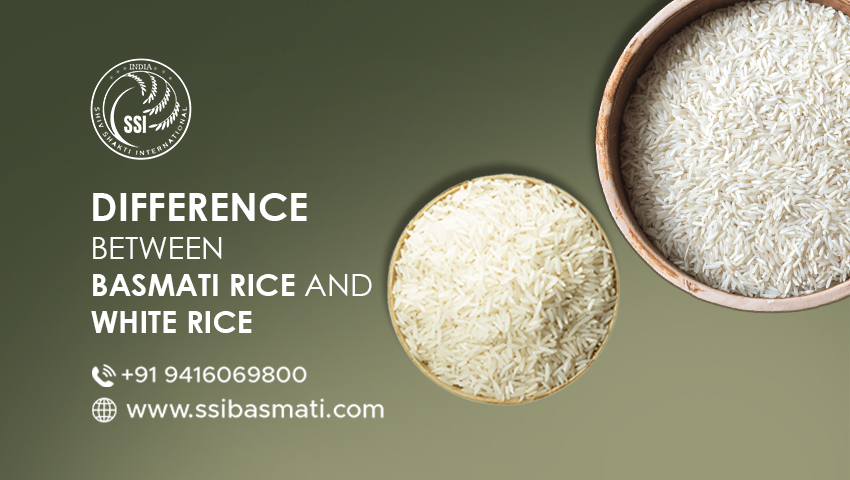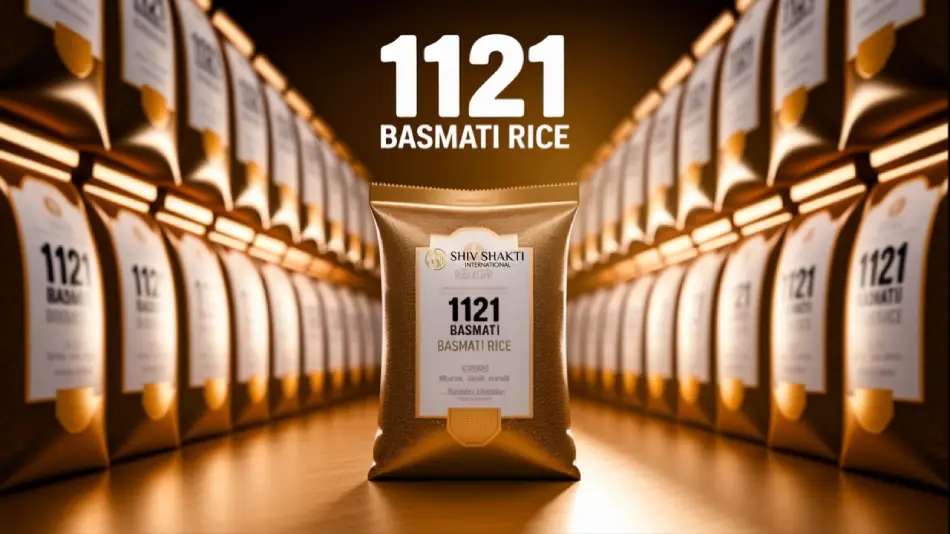
How Basmati Rice is Different from White Rice? Which Rice Type is most preferred?
Basmati rice manufacturer in India: Rice is an important part of the diet for many people
around the world. With numerous characters to choose from and a wide range of
possible uses, rice can be a tasty, nutritious, and versatile element.
A short history of the grain that became a staple for
hundreds of millions of people around the world, plus a guide to rice varieties
you're likely to see in the supermarket.
When you visit a grocery store
these days, you find a lot of rice options, from short-grain rice, medium-grain
rice, and long grain rice. Before choosing dinner or lunch you analyze the
differences between two of the most popular kinds: basmati and white. While
they may look slightly similar — white and, well, like rice — the two are
worlds apart. They are produced in different parts of the world, each has
unique features, including texture, shape, flavor, and aroma.
Let us know how basmati rice is different from white
rice:
White rice vs. Basmati rice
White rice and Basmati rice both
are refined cereals that have had the bran and germ removed. However, white
rice comes in a short and medium size perfect for desserts. This rice is simple
rice without any special order or long grains and it is the most commonly
cooked rice all over India. While basmati rice is a long grain aromatic rice.
This fragrant basmati rice boasts an amazing flavor and makes a great addition
to Indian dishes.
Rice Grains after Cooking
After cooking, Basmati rice
grains become more light and fluffy and remain separate rather than clumped
together. While white rice contains a starchy substance called amylopectin,
which causes stickiness. After cooking, the individual grains cling together,
which is why these rice are used in dishes where a creamy or sticky texture is
wanted, such as risottos, puddings, and sushi.
Basmati Rice Tempting You with the Best
Fragrance
Basmati is a special type of
long-grained rice. The word 'Basmati' has been taken from a Hindi word that
means 'fragrant'.
- These
long and slender cereals are appreciated for their pleasant aroma. Its aroma is
due to the presence of a chemical called 2-acetyl-1-pyrroline found in basmati
rice at about 90 parts per billion which is about 11 times more than other rice
giving basmati a special aroma.
- It
is used for making royal biryani but there's a lot more than you can
do with Basmati rice.
- Its
delicate texture and light, fluffy grains, non-sticky nature makes it a unique
species among all rice categories.
- Basmati
is available in white or brown versions but depends on the extent of the
milling process.
- Basmati
rice is prized for its light, fluffy consistency, with the grains remaining
separate rather than clumped together.
Fact about basmati rice:
Some recipes call for soaking
basmati rice before cooking it, but this is entirely wrong. High-quality
basmati rice undergoes a two-year aging process specifically to dry it as
thoroughly as possible, which in turn concentrates its distinctive flavors and
aromas.
Looking For the Best QualityBasmati Rice!!
Basmati rice manufacturer
in India professionally managed
organization that concentrates on providing a comprehensive range of Basmati
& Non-Basmati Rice and its subcategories. We are supplying all the
varieties of traditional Basmati, 1121, Pusa Basmati, Organic Rice, Sharbati
Basmati in all its varieties – Raw, Steamed/Golden sella/White as well as Non-
Basmati varieties, etc






